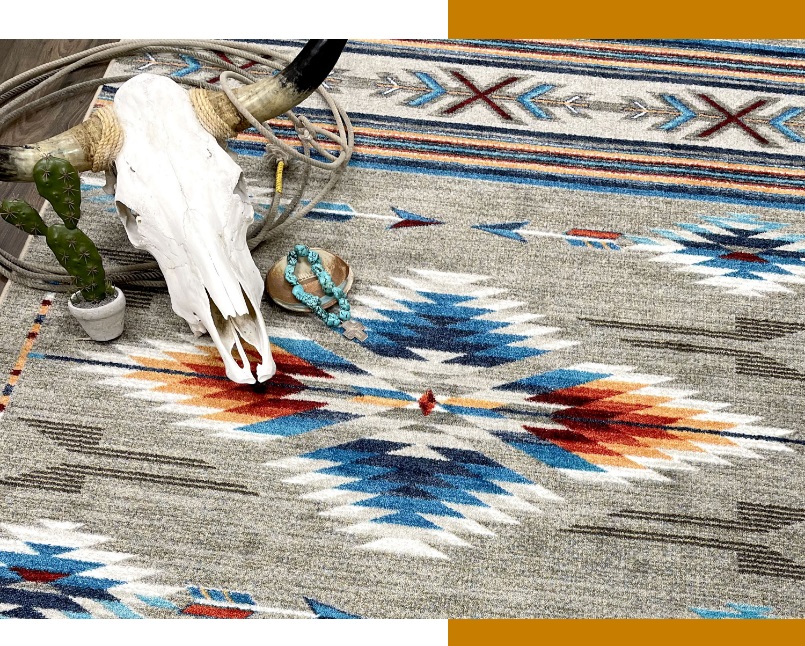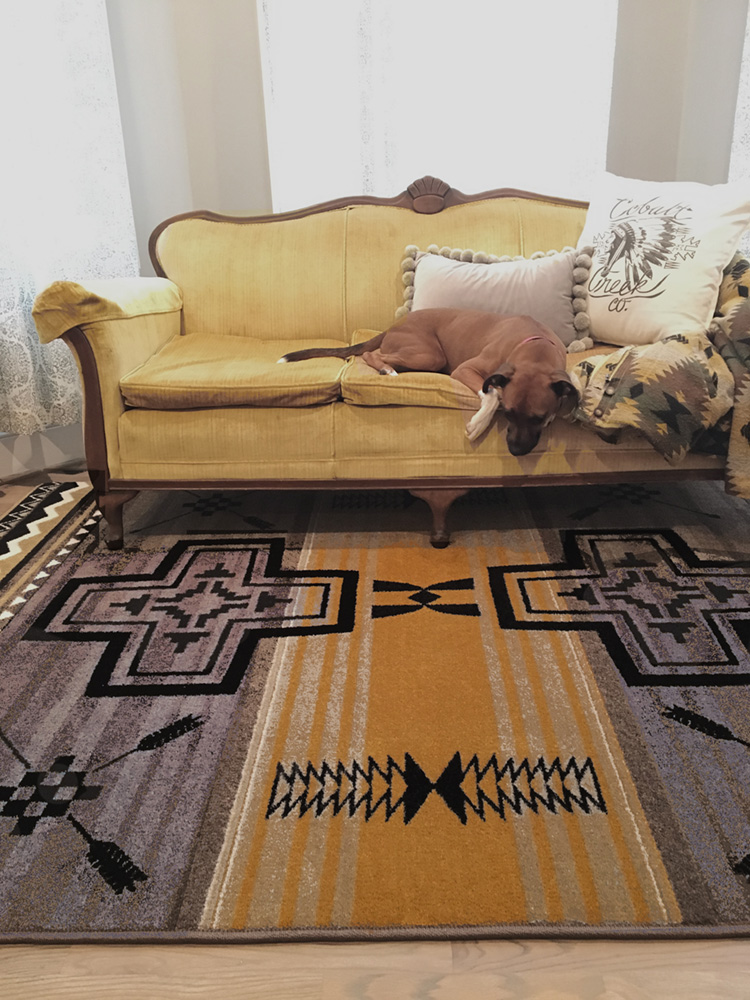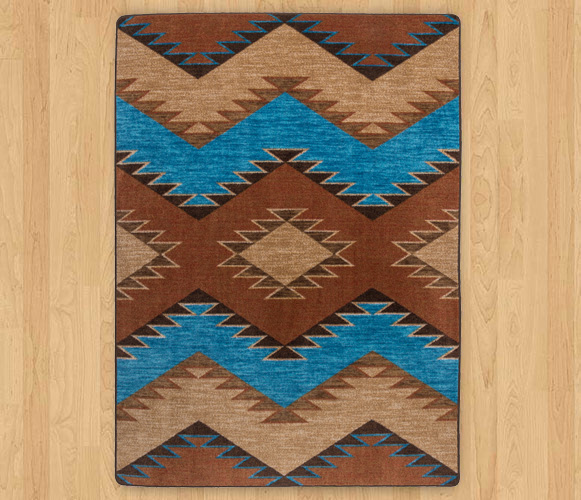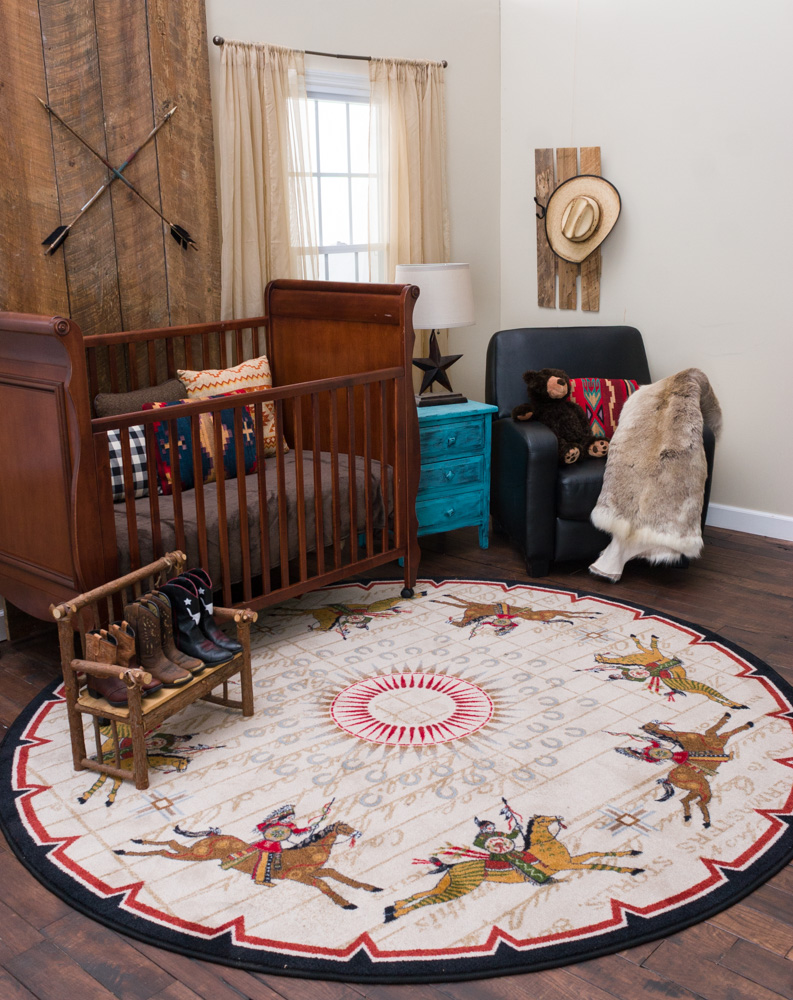
native american area rugs black
Their creations were thought to have a spiritual connection and should be shared. Borders were used to limit the spirituality of the design by acting as a barrier. Another rare feature was added - the Spider Woman's Hole. The Spider Woman's Hole, a small slit at the blanket's center, is named for the woman who taught the Navajo how to weave. This hole is a kind of spirit line, which allows the design energy from the piece to return into the world. People who are passionate


